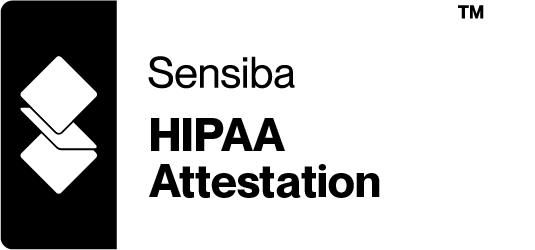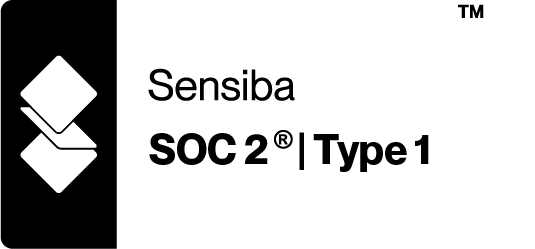How Silos Sabotage Audit Readiness
Organizations don’t set out to create silos. They emerge naturally, quietly, as teams focus on their deadlines, their commitments, their specific areas of responsibility. And then one day, an audit notice arrives—and suddenly the invisible walls between departments become painfully visible.
In a recent conversation with a health plan leader seasoned in RADV audits, one message came through with startling clarity – not being ready for these audits is one of the biggest mistakes a health plan can make. And the root cause? Teams that should be united operating in isolation.
The question isn’t whether your organization has silos. The question is whether you’ve taken a hard look to find out.
The Unintentional Reality
Silos aren’t typically the result of poor intentions or bad leadership. They’re the natural consequence of complexity. Risk adjustment teams focus on coding accuracy. Compliance teams focus on regulatory requirements. IT focuses on data infrastructure. Operations focuses on workflow efficiency.
Each team has legitimate priorities, pressing deadlines, and clear mandates. The problem emerges when these parallel tracks never intersect—until they have to, under the pressure of a RADV audit timeline that has compressed dramatically over the years.
What once was a 24 to 26-week process has shortened significantly. While timelines have expanded slightly in recent cycles, the fundamental reality remains: there’s an enormous amount of work to accomplish in a compressed window. And there’s absolutely no room for departments to operate independently when the clock is ticking.
The Policies You Don't Have
Here’s a diagnostic question every health plan should ask: Do you have a policy that outlines exactly what happens in the event of a RADV audit?
Not a general compliance framework. Not a high-level procedure document. A specific, operational policy that maps the process from notification to submission—detailing who does what, when, and how cross-functional coordination happens.
Many organizations discover they don’t have this documentation. Or worse, they have tribal knowledge distributed across multiple people who think they have it together, but nothing is actually written down. When key personnel leave, retire, or move to other roles, that knowledge walks out the door.
The health plan leader we spoke with was emphatic about this point: having it all in your head isn’t enough. These processes must be well-planned, well-organized, and well-socialized among peers, partners, compliance teams, and leadership.
The Compliance-Operations Gap
Compliance teams understand regulatory requirements. That’s their expertise. But do they truly understand the operational realities of executing a RADV response?
The mechanics of chase list management, medical record retrieval workflows, coding team capacity planning, file naming conventions—these operational details seem small until they become critical bottlenecks. When compliance doesn’t understand operations, and operations doesn’t deeply partner with compliance, gaps emerge that jeopardize the entire audit response.
The leader described making compliance teams “our buddies”—a deliberate effort to build relationships and mutual understanding before the audit notice arrives. This isn’t about courtesy. It’s about ensuring that when the notification comes, everyone understands not just what needs to happen, but how it actually gets done and what resources it requires.
The Devil in the Details
File naming conventions. Data extracts. Medical record retrieval protocols. Coding team workflows.
These are the unglamorous, time-consuming details that don’t typically show up in strategic planning discussions. They’re also the things that can derail an audit response when they’re not standardized, documented, and understood across teams.
As the leader noted, “those are little things that you don’t think about, but they make a big difference.” In the compressed timeline of a modern RADV audit, there’s no time to figure out conventions on the fly or debate which team owns which piece of the process.
The organizations that succeed are those that have worked through these details in advance, documented them clearly, and ensured cross-functional alignment before the pressure hits.
The Leadership Imperative
Breaking down silos isn’t a middle-management project. It requires leadership understanding and support.
Leaders need to grasp the resource implications of RADV audits—not just financial resources, but human capacity, cross-functional coordination, and time. They need to understand how many moving pieces exist and how those pieces must work together seamlessly.
When leadership understands this complexity, they can make informed decisions about policies, staffing, technology investments, and organizational design that support integrated audit response rather than perpetuating silos.
The Pre-Audit Audit
The leader’s advice was straightforward: If you’re not already in strong communication with the teams you’ll need for a RADV audit, establish those relationships now.
Think of it as a pre-audit audit of your organizational readiness:
- Who needs to be involved across the entire process?
- Do we have documented policies and procedures?
- Does compliance understand operations, and vice versa?
- Are cross-functional relationships strong or surface-level?
- Do we have written documentation, or just institutional knowledge?
- Does leadership understand the resource and coordination requirements?
The worst time to discover silos is when the audit notice arrives. The best time to address them is right now.
Because in RADV readiness, organizational design isn’t a soft issue. It’s an operational imperative. The health plans that succeed aren’t necessarily those with the best technology or the largest teams. They’re the ones where risk adjustment, compliance, operations, IT, and leadership function as partners, not silos.
Invent Health provides risk adjustment technology that bridges organizational silos, enabling seamless collaboration across teams during RADV / other audits and routine operations.



